As Editor in Chief of The Greyhound, I am tasked with keeping our digital publication stocked with relevant, interesting stories. But one of my most pressing tasks is something that shouldn’t even be a concern in the world of journalism. I have to ensure that my writers, and myself, don’t succumb to the easy-way-out, bias-strewn mess that has become many present-day news outlets.
The decline in quality journalism is abundantly clear if you turn on any major news station today. Watch five minutes of coverage on your local programming and see newscasters rush to judgment, often looking to be first to deliver a story, but not the first to deliver the factually correct version. Modern media outlets don’t care whether they’re right, they just care if you’re gullible enough to believe them and keep their organizations afloat.
A textbook example of the media’s sweeping failure to tell the whole story is the Duke Lacrosse scandal. I was 12 when this story broke and I still remember the names of the three accused players, I still see their faces on the front page of The New York Times, and I remember what it was like as a middle-schooler to associate those faces with sexual assault and abuse against women.
Except that a sexual assault never happened. But that part I didn’t confirm until years later, when I saw the ESPN 30 for 30 special “Fantastic Lies” as a 22-year-old adult several weeks ago. While the acquittals of the accused were covered, it wasn’t close to met with the fervor of coverage regarding the accusations. That’s because the story of three privileged, white, lacrosse players at the Harvard of the south taking advantage of a poor, uneducated, single black woman was the one the media decided to force feed to the American public. Media outlets attacked the Duke story with pitchforks and torches in hand, facts and figures burning behind them in the witch-hunt of three ultimately innocent men.
The version of the Duke story that was told for the first few months of the case was, in its most basic form, the one that was easiest to tell. A sensationalized tale that found itself on the front pages of papers across the nation as rogue prosecutor Mike Nifong gave impassioned speeches that detailed the horrid specifics of a night gone wrong.
The story somehow wrote itself, even though it was later learned that Nifong had lied in around 50 on-air interviews. Many journalists took his word as the gospel on this case because it fit the narrative they had crafted in their own heads, the made-for-TV, Lifetime channel version of the news.
You would think in a world where many “serious” news writers at major publications want to tell a story that scandalizes, that someone would have seen through Nifong’s pathetically blatant ulterior motive to use this case as a way to gain re-election as district attorney. He did win, grasping a large portion of Durham, N.C.’s black voters through manipulation and lies like the seedy politician he was. But that simply wasn’t a newsworthy story for most to tell while there were still baby-faced, rich jocks out there that everyone seemed to love to hate.
Kurt Anderson, a New York Magazine writer, wrote a piece during the scandal that blasted the idea that stories can “write themselves,” and I find it to be an important point for current and future journalists. “Its premise is the very wellspring of hackdom: The more thoroughly some set of facts reinforces the relevant preconceptions, caricatures, clichés, and conventional wisdom, the easier it makes life for everyone, journalists as well as their audiences,” Anderson explained.
The New York Times was particularly anti-Duke for many months, writing cover stories that leaned heavily on Nifong and the police reports, both unreliable sources. But certain evidence couldn’t be withheld despite the prosecution’s attempts. At one point, it couldn’t have been clearer that at least one of the three men, Reade Seligmann , wasn’t guilty. A time-stamped phone call, photo at an ATM and dorm swipe-in gave him an alibi during the alleged rape. No one seemed to care.
These concrete facts were ignored until the news pendulum swung in Duke’s favor when it was found that Nifong had withheld DNA evidence and intimidated witnesses. Writers who had painted the three guilty with no evidentiary support started switching sides to roll with the tide of their competition. The New York Time’s journalists who were once convinced in their own bias finally began to point out the prosecution’s holes in a non-existent case.
But it was already too late. The reputation of three young men, their families, and their team was tarnished forever as they faced a year-long circus act fueled by speculation and subjective journalism. Ten years later, the Duke Lacrosse case still stings as a reminder of a gross misconduct by our nation’s legal system, and by many of our nation’s seasoned journalists who misled an attentive public in search of a story that “writes itself.”
The media, and particularly media editors and producers, are well aware that the news they disperse has a great effect on the audience they reach. The coverage of the Duke Lacrosse scandal informed the public of the player’s guilt before they even went to trial, fueling a fiery hate that had long existed between town and gown and leading to things like a “castrate” banner being hung outside the lacrosse house. So much for innocent until proven guilty.
It might have been easy to stick with the “guilty frame”, but good writing isn’t supposed to come easily, and the truth is meant to be uncovered by deep, well-researched investigation. This case nearly ruined the lives of three people who were treated as means to an end, whether to sell more papers, settle personal vendettas or promote a personal political platform. That’s dangerous.
This wasn’t the last time the media wrongly shaped perceptions or framed a story for their own monetary gain, and it certainly wasn’t the first incidence either. Call me treasonous, a Benedict Arnold to the field as a current journalist myself, I don’t care. I write this all in hopes of challenging future journalists to shed the mentality that you have to tell the story you think people want to hear to be successful. That you have to sensationalize to the point of yellow journalism to make an impact and bring in readers.
Towards the end of “Fantastic Lies,” Reade Seligmann’s father, who was barely featured during the 60-minute special, summed up the state of the media in a way that was simple, yet strikingly profound. “There are no Edward R. Murrows or Walter Cronkites in news anymore. Those types of journalists no longer exist.” I would have to agree. And I can only hope that Mr. Seligmann’s statement is proven wrong in the future, for the sake of journalists and for the profession itself.


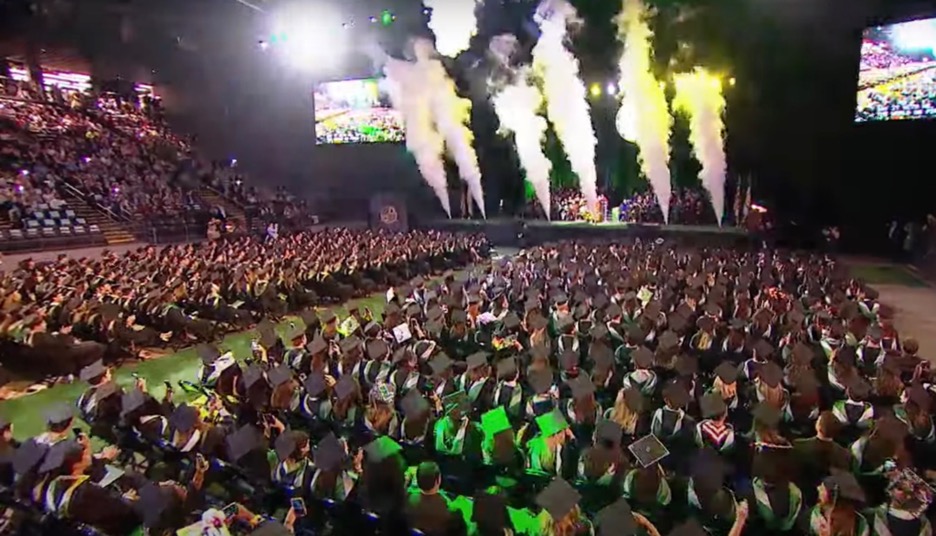

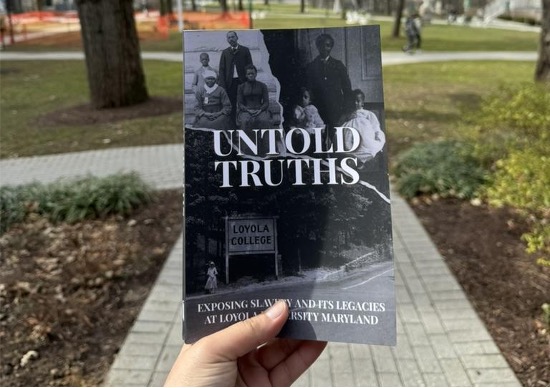
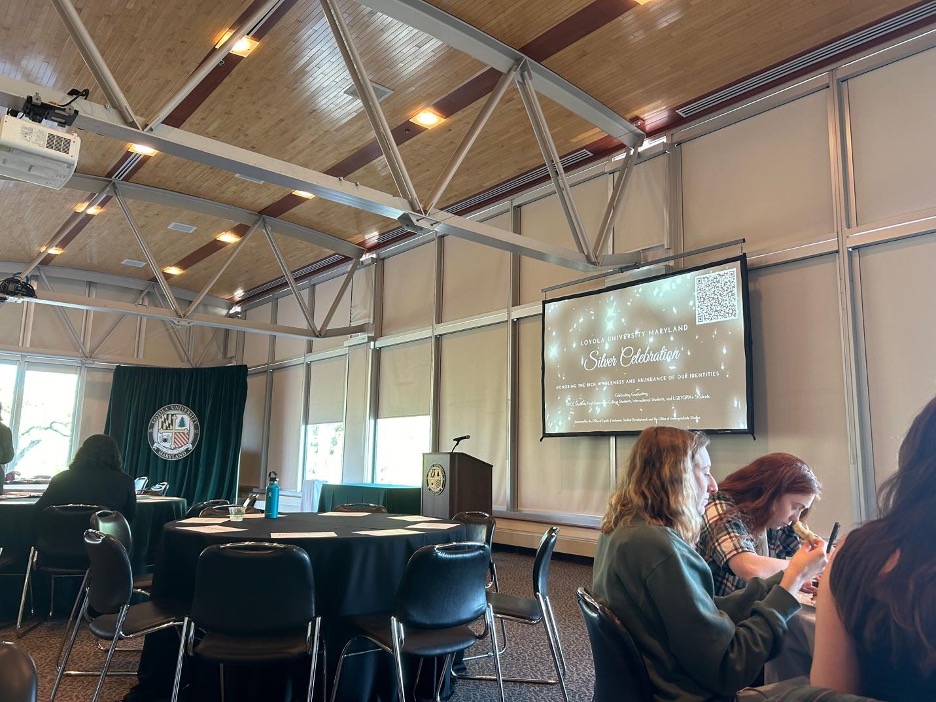
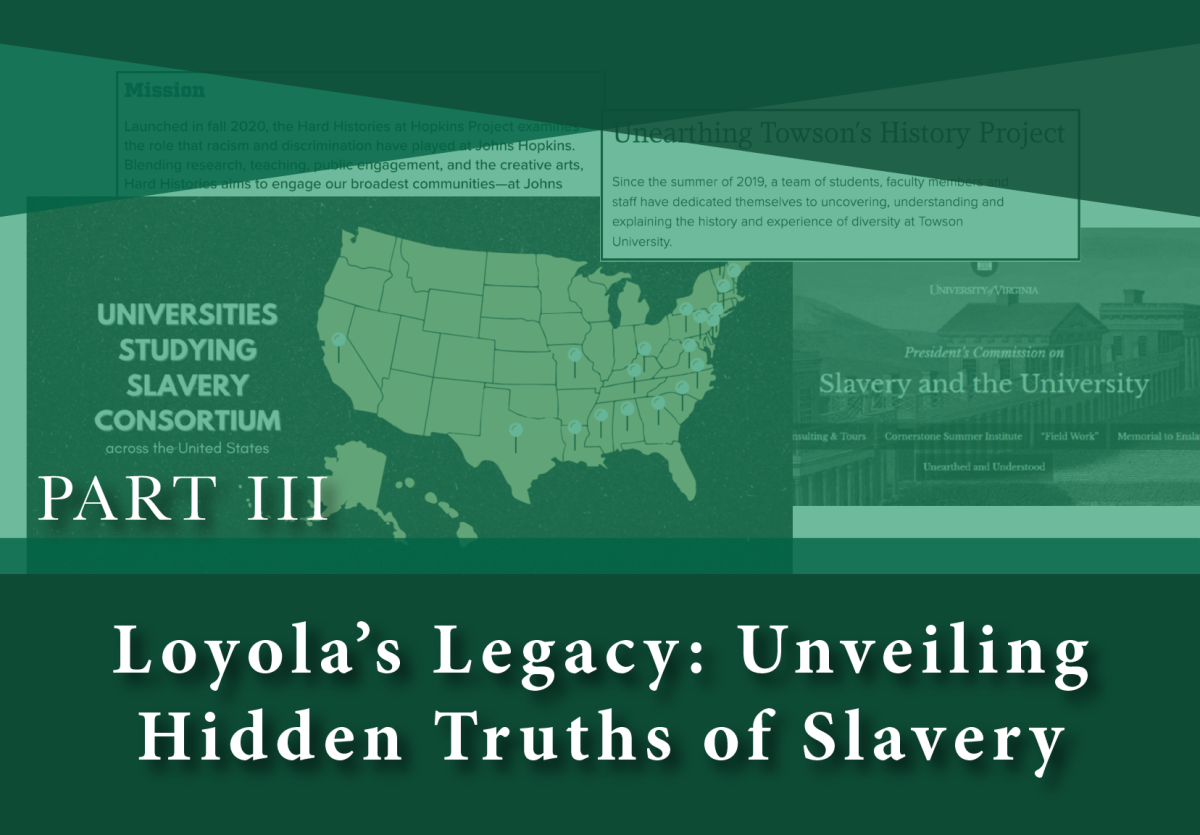

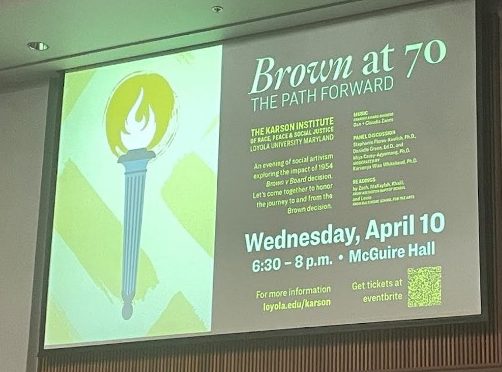
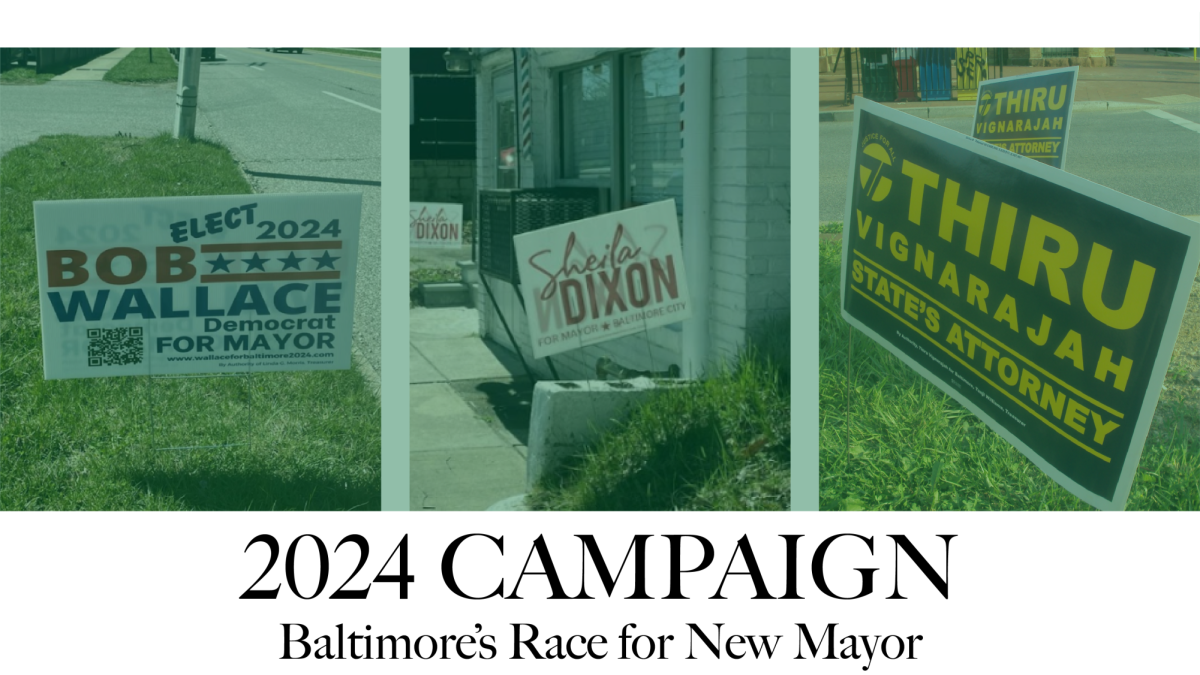






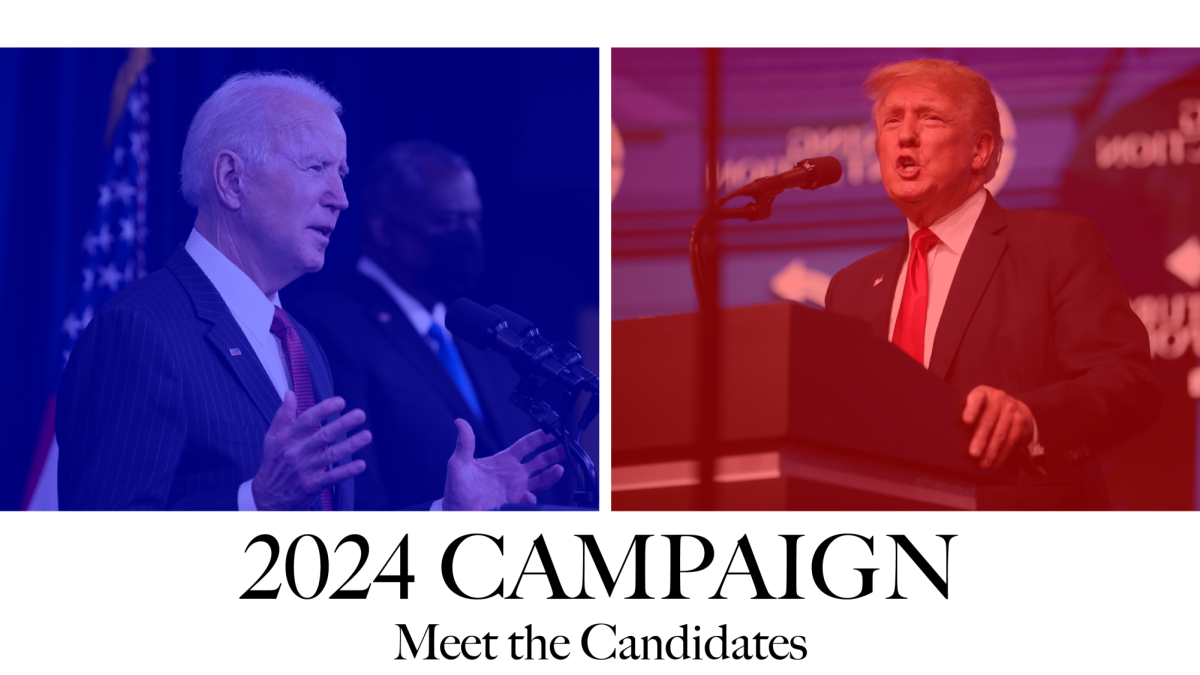











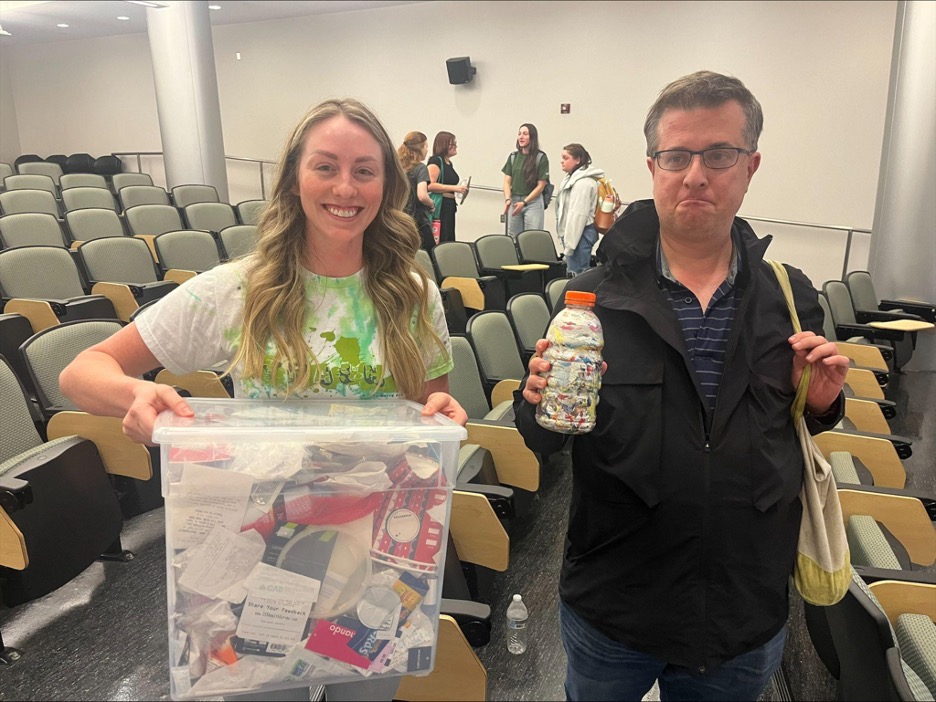
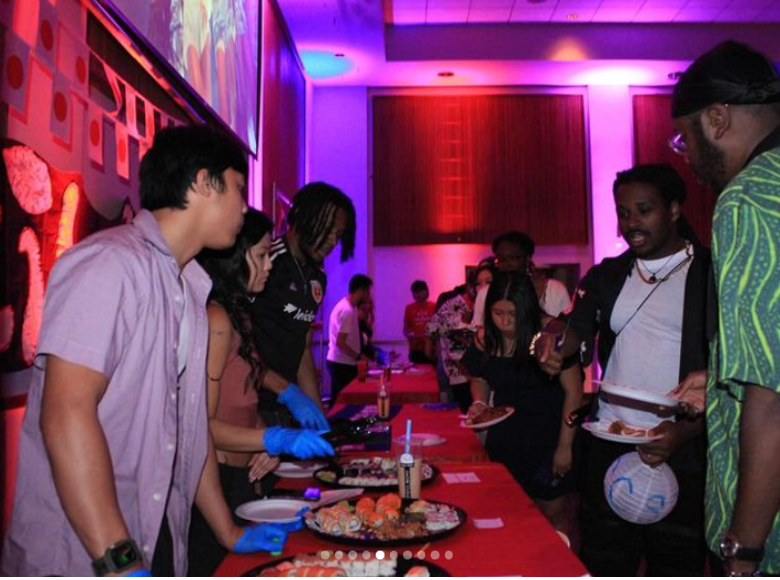
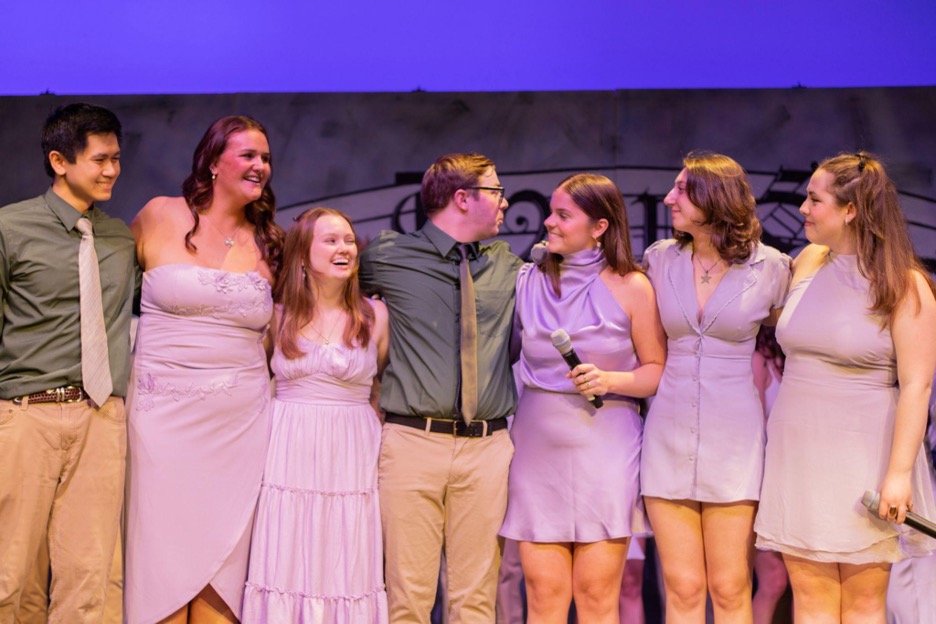






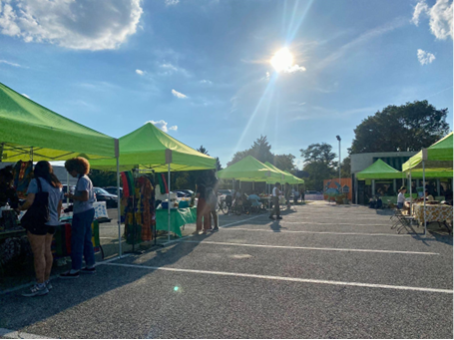












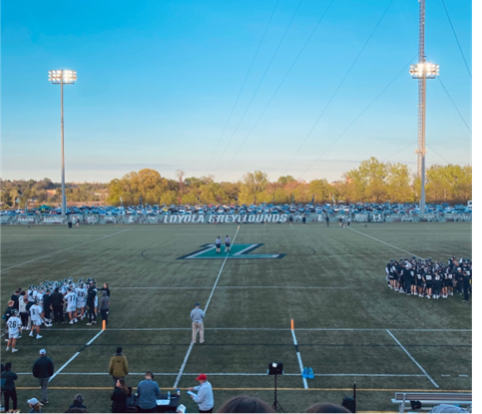










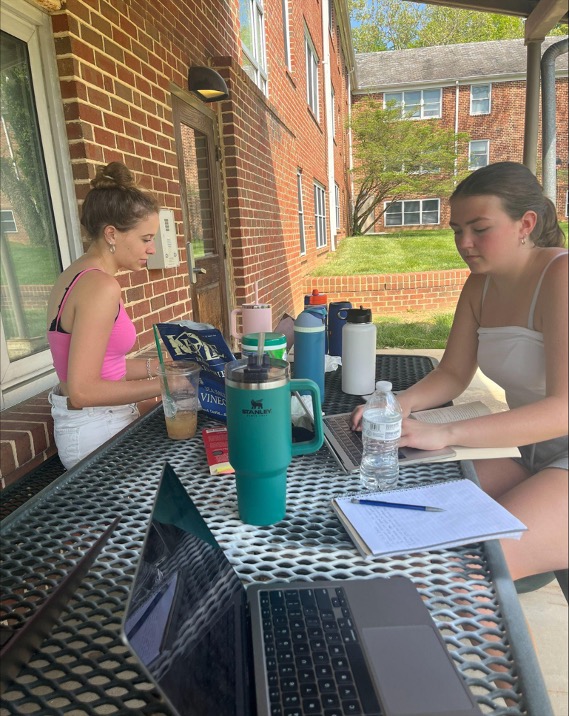
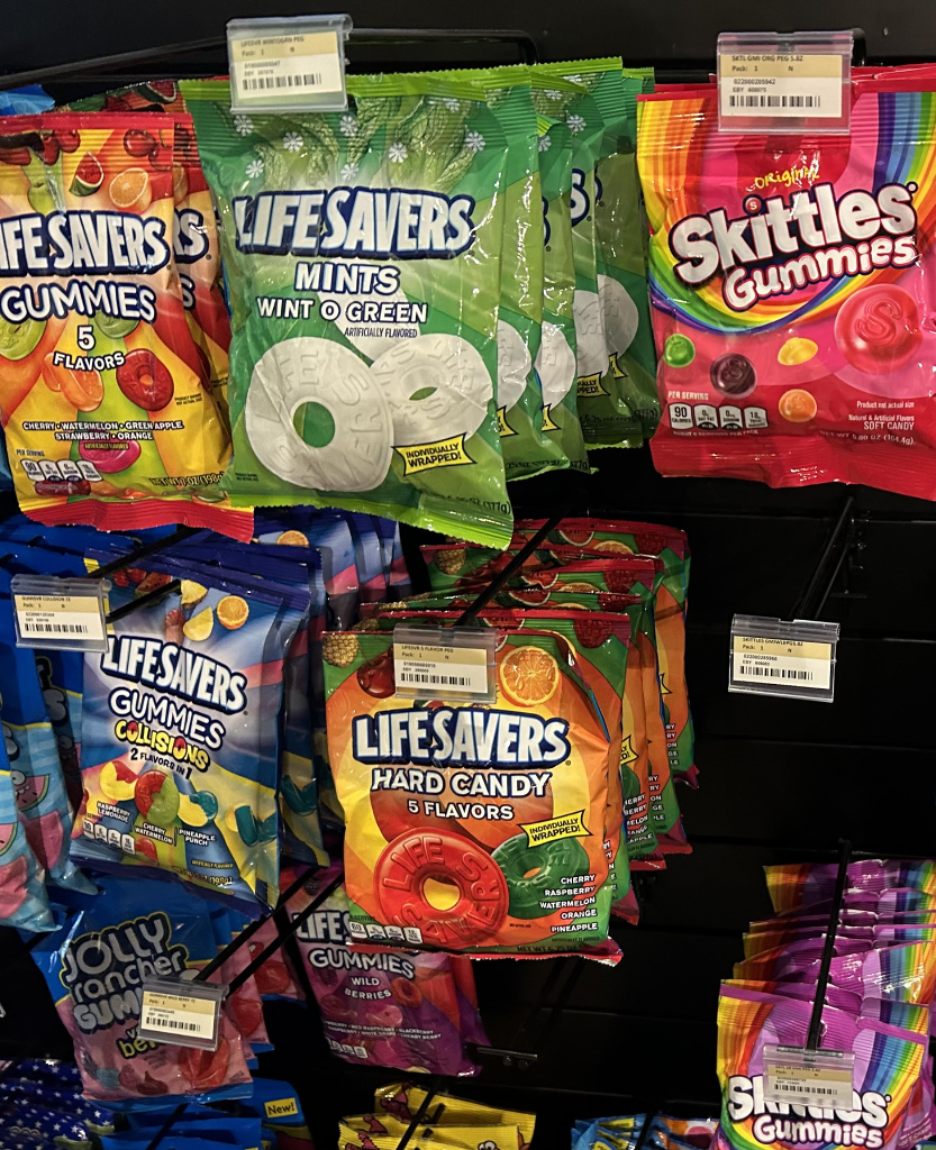

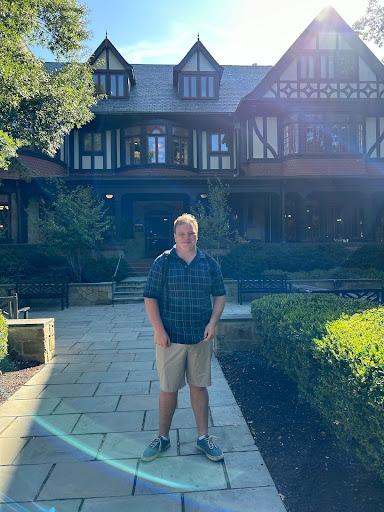

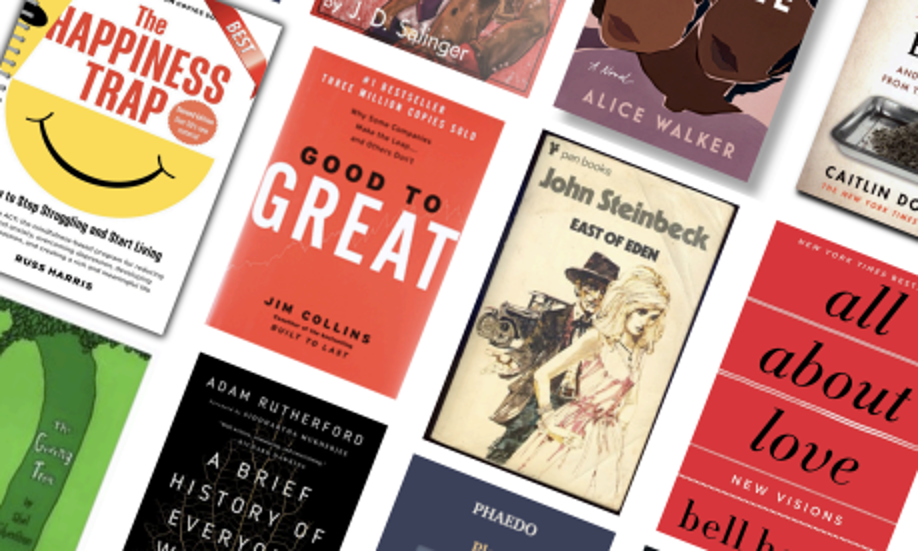













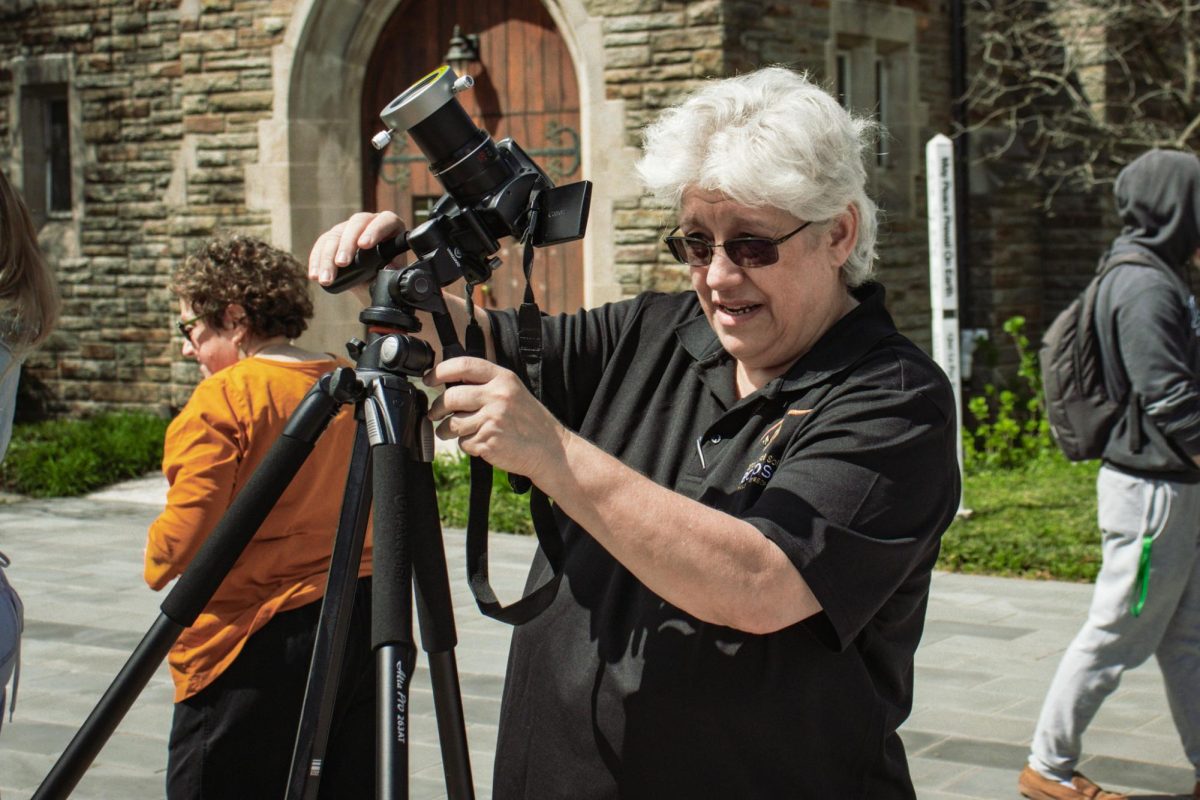



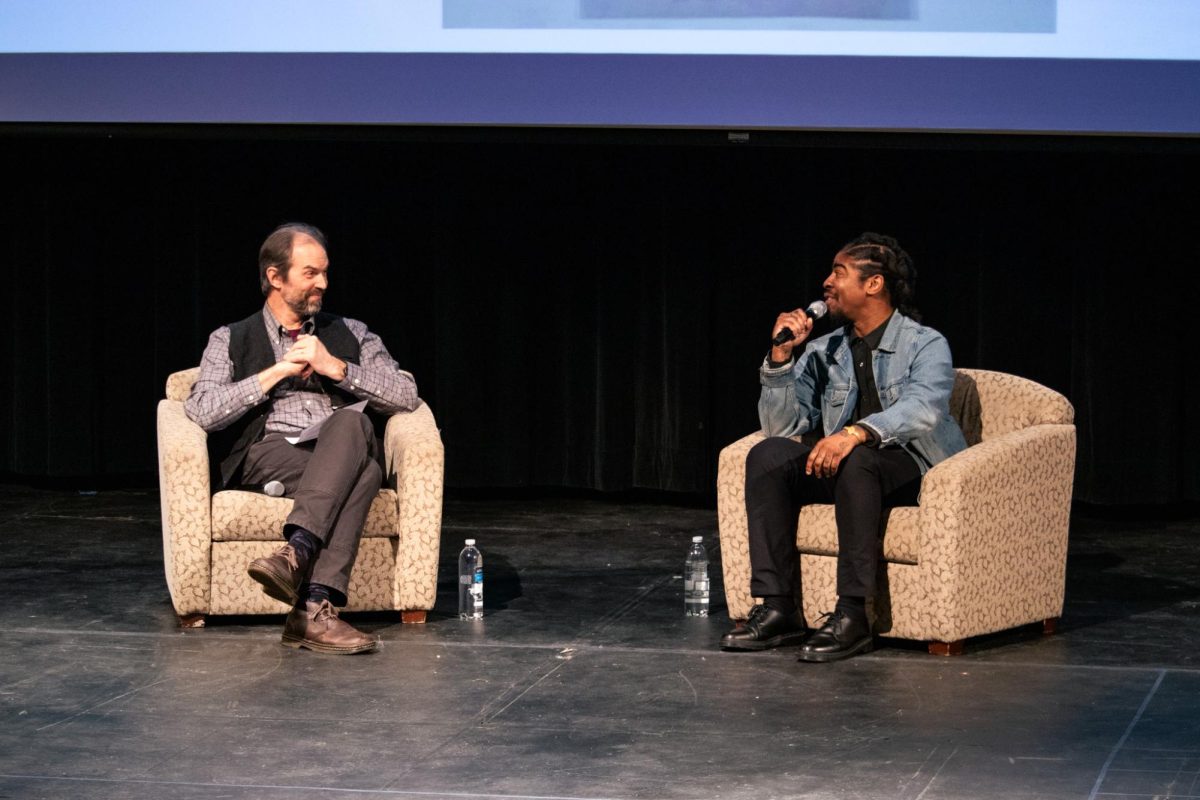






















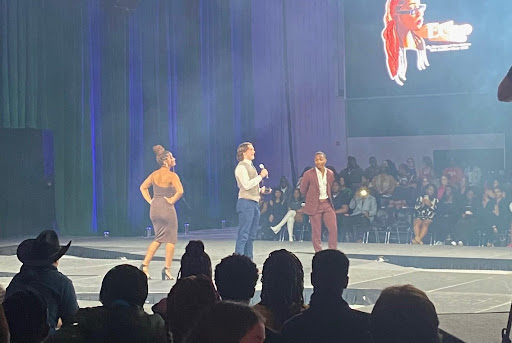

Jamie • May 6, 2016 at 5:08 pm
The media likes the quick story but never reports beyond the initial knee jerk angle. Thinking readers have lingering questions. The McKinney pool incident-there were two sides. Either you believe that the cops abused innocent little girls, or you are a racist white redneck. To me, there seems like there was a whole lot of grey between those two sides and just because I wondered if the pool really was private doesn’t mean I am FOR police brutality. We did it with Penn State too. The media made it a story about a beloved sports hero being thrown of his pedestal, instead of focusing on the facts that the actual perpetrator was NOT even on staff at the University for years. Lots of facts in between the 2 sides of blatantly turning a blind eye and executing a cover up. Anyone who suggested this wasn’t the case is ridiculed for being FOR child molestation. We need much more in between in the media, in our politics, and in our lives.
Chavez • Apr 19, 2016 at 7:51 am
A frightening aspect of this is that nothing has changed; the UVa scandal, in which “Jackie” alleged a rape at a fraternity house, is another example of a story about a crime which never happened, but for which the media created a hyped atmosphere. When I read about Scottsboro, or the Leo Frank case, I no longer wonder that such things happened; but since human nature never changes, I worry about the next examples (which are sure to occur), and who the next innocent victims will be.